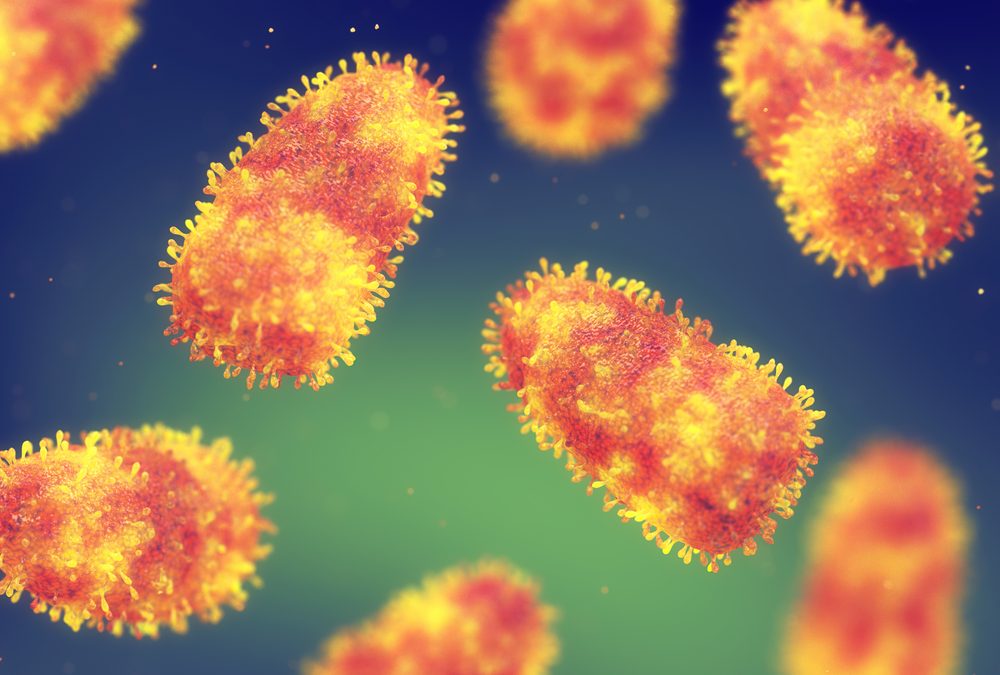Source: CNN
Rabies, while rare in the U.S., remains almost universally fatal once symptoms appear. Six people have died nationwide since September 2024, and the CDC is monitoring 14 possible outbreaks across 20 states. The disease is caused by a Lyssavirus, typically transmitted through the saliva of infected animals via bites, scratches, or mucosal contact. Globally, dogs cause most rabies deaths, but in the U.S., bats are the leading source. Other carriers include raccoons, foxes, and skunks.
After an incubation period lasting weeks to months, symptoms begin with fever and malaise, progressing to confusion, hallucinations, agitation, and hydrophobia, before leading to death. Pre-exposure vaccination is recommended for high-risk groups, while post-exposure prophylaxis—immediate wound cleaning, rabies immunoglobulin, and a vaccine series—is essential after potential contact. Prevention relies on keeping pets vaccinated, avoiding wild or stray animals, and seeking urgent medical care after exposure. Annually, rabies kills about 60,000 people worldwide, mostly in Africa and Asia.
Read the full story HERE: https://www.cnn.com/2025/09/18/health/rabies-animal-vaccine-disease-health-wellness

